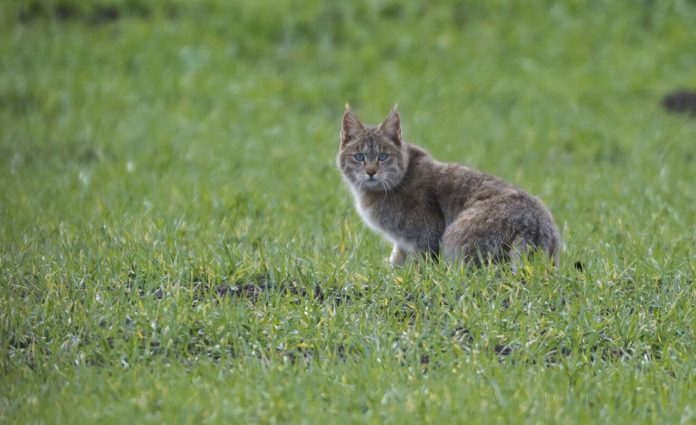Cats have been human companions for at least 9,000 years. Wesley C. Warren with The Genome Institute at Washington University School of Medicine in St. Louis, Missouri and a host of geneticists and veterinarians from around the world are the first to define the genes that made cats domestic.
The researchers compared the genome of a female Abyssinian cat, six other domestic breeds, two wild cat species, and four other mammals including dogs to elucidate the genetics that underpinned the domestication of cats. The genome of present day cat species is in part a result of selection on the part of the first people to adopt cats into their lives. Modern cats are also the result of cat breeding efforts by humans.
The majority of cat species that exist today demonstrate a genetic pattern that promotes common cat behavior. The tameness of domestic cats is the result of genes that favor stimulus-reward learning, memory, and fear-conditioning. These findings explain domestic cat’s “curiosity” and the avoidance that cats display when their human offends them.
Cat biology has also changed to adapt to life with people. The research found genes that support a cat’s hypercarnivorous diet, the heightened sense of hearing, the high level of visual acuity, and cat’s sensitivity to pheromones. These genes explain cat hunting behavior and sexual behavior. The genetics also explains why cats rub on their human. The behavior is marking their human as a possession and not a display of affection.















